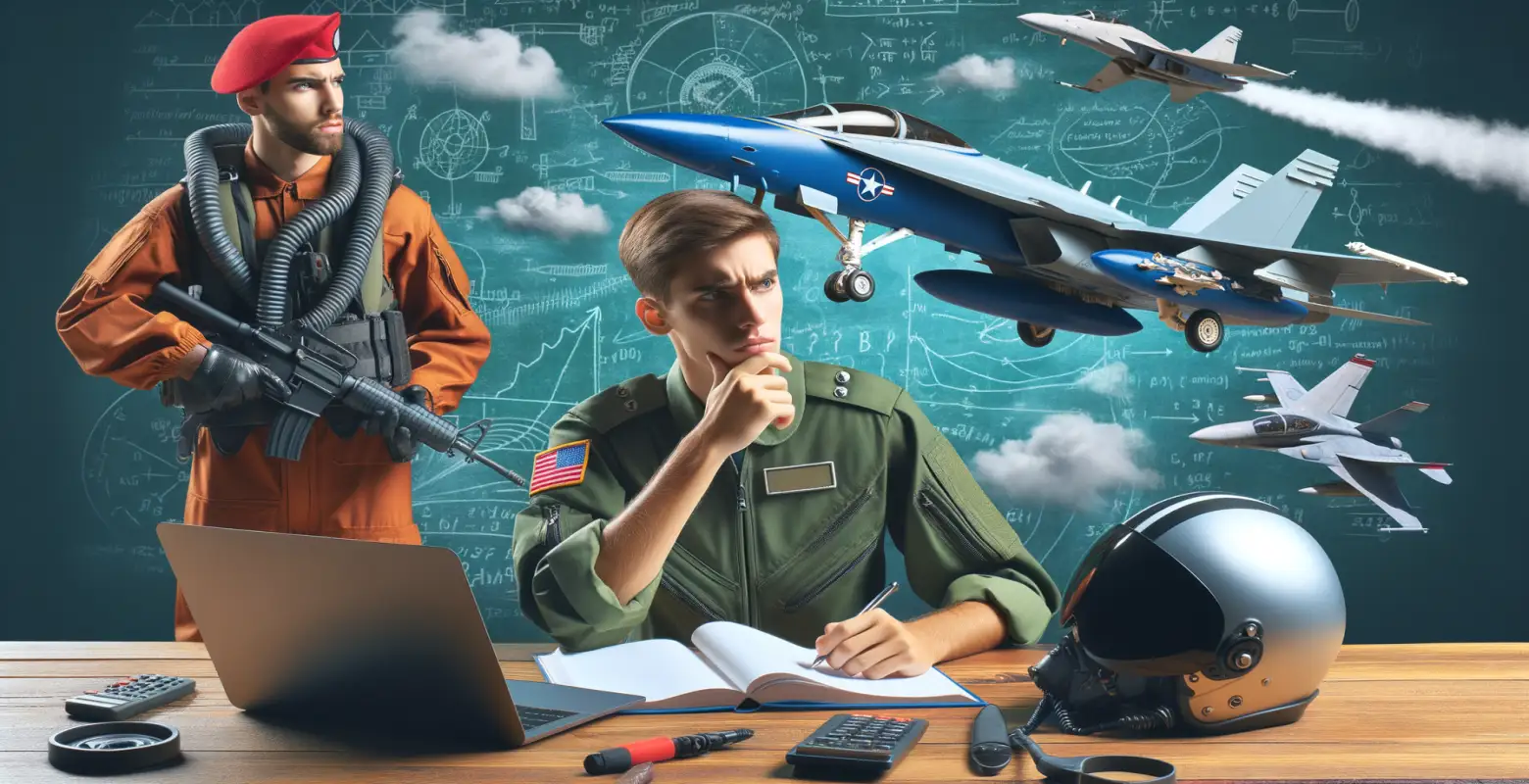What are the biggest challenges in training military pilots?
Introduction
Military pilot training is one of the most demanding and costly processes in the field of military aviation. In the era of rapidly developing aviation technologies, the need for well-prepared and competent pilots is greater than ever before. Military pilots must be ready to operate in complex and often unpredictable situations, and their training requires not only technical skills but also mental resilience and the ability to make quick decisions. In this article, we will look at the biggest challenges faced by instructors and students in the process of training military pilots.
High Physical and Mental Requirements
One of the biggest challenges in training military pilots are the extreme physical and mental requirements. Candidates must undergo rigorous physical fitness tests that assess their ability to work in difficult conditions. Flights at high altitudes, maneuvers under high G-forces, and long missions require excellent physical condition. Additionally, pilots must be mentally resilient to cope with the pressure and stress associated with performing dangerous tasks. Studies show that high mental resilience is crucial for effective performance in combat situations.
Advanced Technology and Its Continuous Development
The development of aviation technology poses new challenges for training. Modern military aircraft are equipped with advanced avionic systems that require pilots to have not only piloting skills but also technical knowledge. Training includes learning how to operate various navigation, communication, and defense systems. The dynamic development of technology means that training programs must be regularly updated to incorporate the latest advancements and innovations in aviation.
High Training Costs
Training military pilots is extremely costly. These costs include expenses for modern training aircraft and flight simulators, as well as for training instructors and maintaining training infrastructure. Additionally, the time needed to train one pilot is long, further increasing the costs. Therefore, effective resource management and optimizing the training process are crucial to maintaining a high level of pilot readiness while minimizing expenses.
Shortage of Qualified Instructors
Another challenge is the lack of a sufficient number of experienced instructors. The high requirements placed on instructors mean that finding suitable candidates for this role is difficult. Instructors must have not only experience in military aviation but also pedagogical skills to effectively impart knowledge and skills to future pilots. In many countries, the lack of adequately qualified training staff poses a serious limitation in training new pilots.
Safety and Risk During Training
Training military pilots is associated with a high level of risk. Despite advanced technologies and safety measures, military aviation always involves a certain degree of danger. Aviation incidents can lead to serious consequences, including loss of life. Therefore, safety is a priority at every stage of training, and safety procedures are regularly updated and checked to minimize risk.
Global Geopolitical Changes
Changing geopolitical conditions directly impact the training of military pilots. As armed conflicts take on new forms and threats become increasingly diverse, training programs must be flexible and adapted to new challenges. Training must include not only traditional piloting skills but also preparation for international operations and peacekeeping missions.
Conclusions
Training military pilots is an extremely complex and demanding process. It requires not only advanced technical knowledge and piloting skills but also mental and physical resilience, as well as the ability to quickly adapt to changing conditions. High costs, shortage of qualified staff, and continuous technological development pose additional challenges that must be taken into account when planning and implementing training programs. Despite these difficulties, effective pilot training is crucial for maintaining national security and the effective operation of armed forces. Therefore, investing in modern training methods and developing instructor staff remains a priority for many armies worldwide.






Number of comments: 0